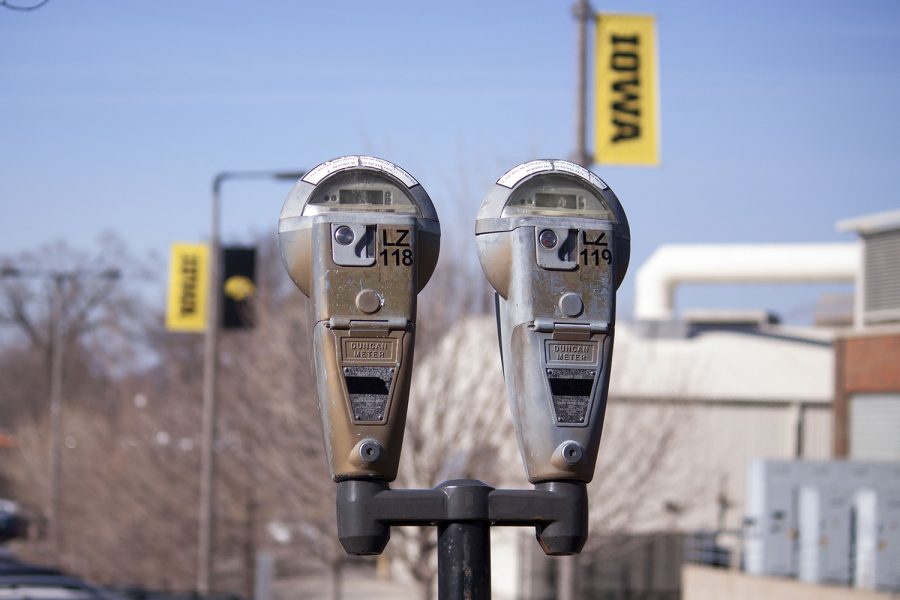Iowa is on track to record the lowest number of tornadoes since 1963, though experts maintain that the situation is quite variable.
Harry Hillaker, the state climatologist for Iowa, said 16 tornadoes have been recorded thus far, and conditions that caused the lack of tornadoes were hard to pin down.
“The drought affected tornado conditions here, because severe thunderstorms create opportunities for tornadoes,” he said. “But there is a certain amount of chance involved.”
However, Hillaker said, some years, such as 1988, had similar drought conditions and yet had more tornadoes. There were 49 recorded tornadoes in Iowa in 1988, according to the National Oceanic and Atmospheric Administration.
While Hillaker said most tornadoes occur during spring and early summer, when the contrast in temperatures across the region create ideal conditions for tornadoes, there is a possibility — however remote — of more happening this year.
Iowa is certainly familiar with these late season tornadoes. On Nov. 12, 2005, eight tornadoes touched down in central Iowa and cut across the state, causing significant damage and resulting in one fatality. This event was an anomaly, though. Only 22 November tornadoes have occurred since 1980.
On April 13, 2006, an F2 tornado ripped through Iowa City, destroying many buildings and causing at least $10 million in damages.
As for the effect of these tornadoes, Hillaker said that most don’t impact the state a great deal.
“When you think of Iowa, most of it is rural farmland,” he said. “Though tornadoes, even weak ones, can cause total devastation across small areas, if the area they hit is just crops, the overall impact is pretty small.”
“The paths of tornadoes are narrow and not very long,” he said. “If you imagine looking at a map, a tornado’s path is like drawing a line with a pencil. The area they affect is small.”
Gallus also thinks the economic impact of tornadoes even on more populated areas can be a wash.
“The jury’s still out [on the economic impact],” he said. “Initially there are losses, but those can be recuperated by the rebuilding of areas damaged by tornadoes.”
Several tornadoes made headlines this year, such as the April 14 tornado that hit Creston, Iowa. That tornado caused significant damage to several buildings in the city and flipped cars on the roads. And that one was only rated F2 on the Fujita scale, which runs from F0-F5 in intensity. Iowa has seen only 1 F5 tornado since 1980, on May 25, 2008.
Tornado numbers across the nation seem to be slightly below average, though an official count has not yet been made. One state that was particularly hit hard by tornadoes earlier in the year was Oklahoma, which had 52 confirmed tornadoes in the month of April alone.
Mesonet, a University of Oklahoma climate research group, seeks to track these tornadoes.
One Mesonet employee said the numbers this year so far have been average overall, and that the damage is minimized because he said Oklahoma is successful in informing the public about tornado safety.
He also cautioned against trivializing the impact of tornadoes.
“There’s a parable about a store window breaking,” he said. “Though it stimulates the economy to rebuild the glass, the store owner could have spent that money elsewhere.”






